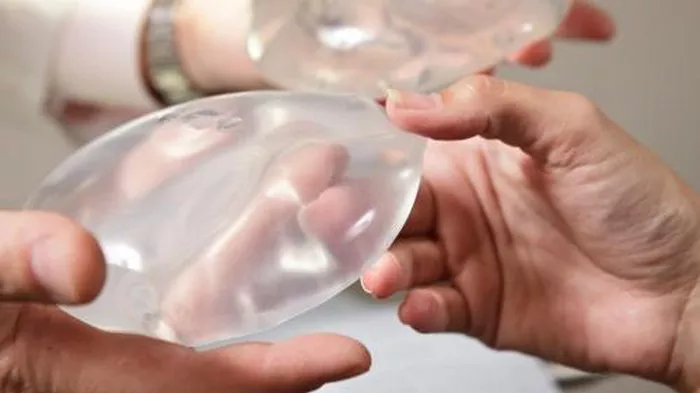The allure of aesthetic transformations through breast augmentation has become a commonplace facet of modern beauty standards. As individuals embrace the opportunity to enhance their physical appearance, a common curiosity arises: how can you tell if someone has breast implants? This comprehensive exploration navigates the subtle indicators, nuanced considerations, and societal perspectives that contribute to the delicate art of discerning whether someone has undergone breast augmentation. From understanding the variety of implant options to deciphering natural variations, this journey sheds light on the intricacies surrounding the perception of augmented beauty.
The Art of Subtlety: Understanding Natural Variations
Body Diversity: Embracing the diversity of body shapes and sizes is foundational in understanding how breast implants interact with individual physiques. Natural variations exist, and what may be considered indicative of breast augmentation in one person might be entirely natural in another.
Clothing and Fashion Choices: The clothing an individual chooses to wear can influence the perception of their breasts. Styles, fabrics, and undergarments can create optical illusions, impacting the way breasts appear without necessarily indicating the presence of implants.
Weight Fluctuations: Natural changes in weight can influence the appearance of breasts. Understanding the impact of weight fluctuations on breast volume and shape is crucial in distinguishing between natural variations and the potential presence of implants.
Implant Indicators: Subtle Clues and Considerations
Profile and Projection: The profile and projection of breasts can offer subtle clues. While modern implants are designed for a natural look and feel, considerations of profile (low, moderate, or high) and projection can contribute to the overall aesthetic and may influence perceptions.
Symmetry and Shape: Achieving symmetry in breast augmentation is an art form. Observing the symmetry and shape of breasts can provide insights into the potential presence of implants, especially if there are pronounced differences in size, position, or contour.
Scarring and Incision Locations: While advancements in surgical techniques minimize scarring, observing the presence of scars or identifying incision locations can be indicative of breast augmentation. Understanding common incision sites, such as inframammary, periareolar, or transaxillary, aids in the discernment process.
Natural Aging vs. Implants: Recognizing the natural aging process versus the impact of breast implants is essential. Aging can lead to changes in breast tissue, and distinguishing between age-related variations and the outcomes of breast augmentation requires a nuanced perspective.
Societal Perspectives and Perceptions
Cultural Attitudes: Societal attitudes toward breast augmentation vary across cultures. What may be perceived as an obvious sign of breast implants in one culture might be entirely inconspicuous in another. Understanding cultural nuances is vital in navigating these diverse perspectives.
Media Influence: Media portrayals of beauty standards often contribute to preconceived notions about breast augmentation. Separating reality from media-influenced perceptions allows for a more nuanced and empathetic understanding of individual choices.
Personal Choices and Body Autonomy: Respecting individual choices and acknowledging the autonomy individuals have over their bodies is fundamental. Whether someone has breast implants or not, fostering an environment of body positivity and empowerment encourages a healthier and more inclusive societal perspective.
Navigating Social Etiquette: When, How, and If to Inquire
Privacy and Personal Boundaries: Respecting personal boundaries is paramount when considering whether to inquire about someone’s breast augmentation. Recognizing that individuals may choose to keep such information private emphasizes the importance of tact and sensitivity.
Open Communication: In cases where open communication is welcomed, engaging in respectful dialogue allows individuals to share their experiences, dispel misconceptions, and contribute to a more informed and empathetic discourse.
Cultivating Empathy: Empathy serves as the cornerstone of navigating discussions around breast augmentation. Acknowledging the personal nature of these choices and cultivating empathy fosters a culture of understanding and acceptance.
Conclusion
The question of how to tell if someone has breast implants invites a nuanced exploration of aesthetics, individual choices, and societal perspectives. In a world that celebrates diversity and autonomy, embracing the myriad ways individuals choose to enhance their appearance underscores the importance of empathy, understanding, and respect. Whether through subtle indicators or open conversations, fostering an environment that values personal choices contributes to a more inclusive and compassionate understanding of beauty in all its forms.

